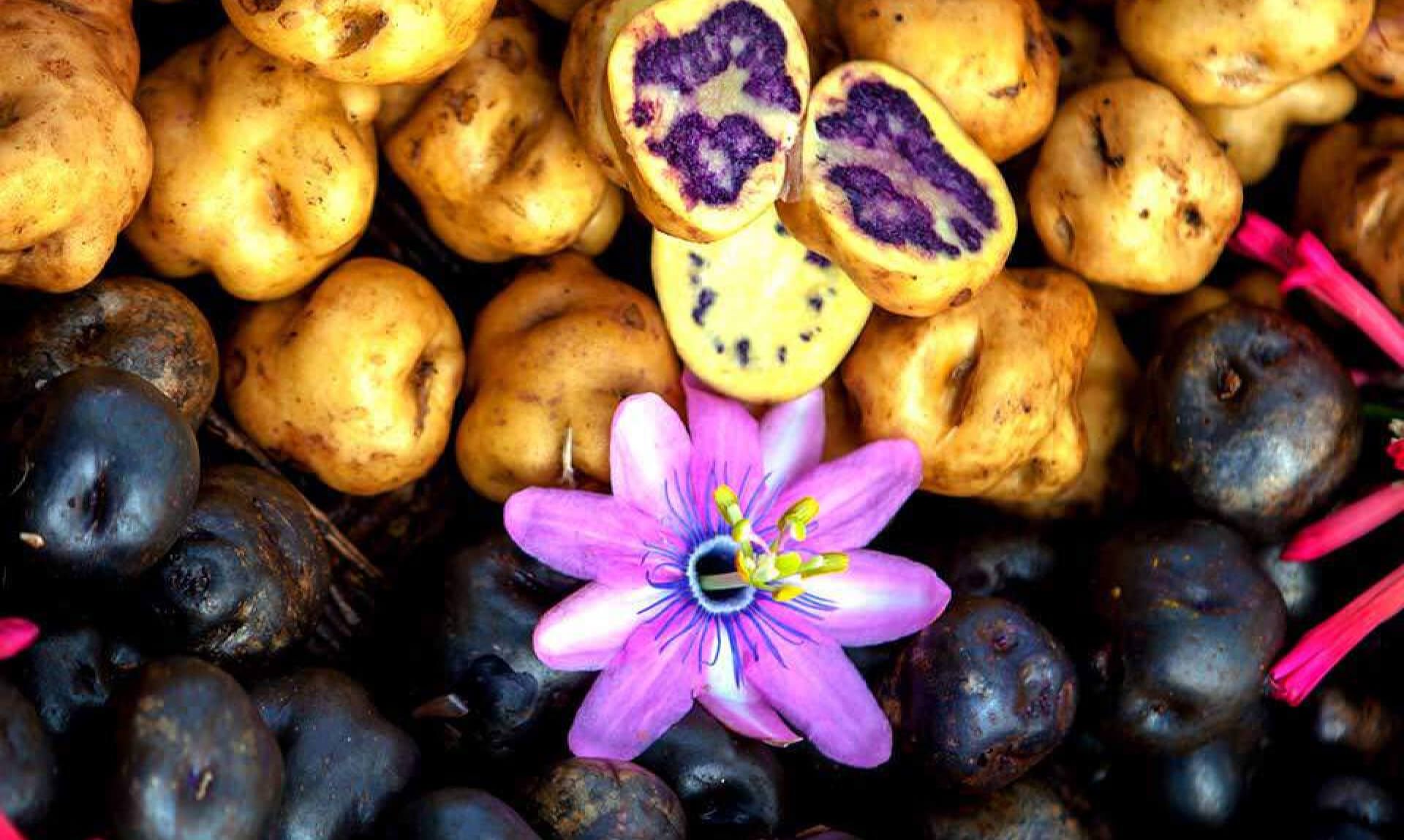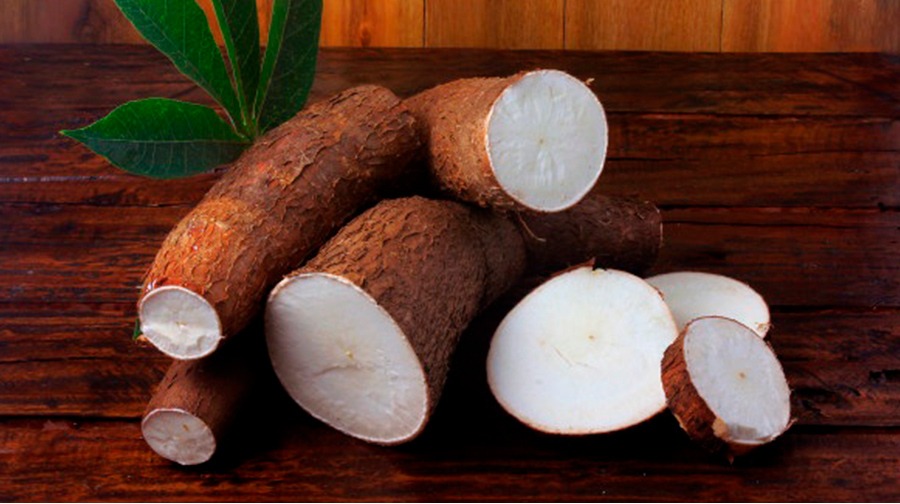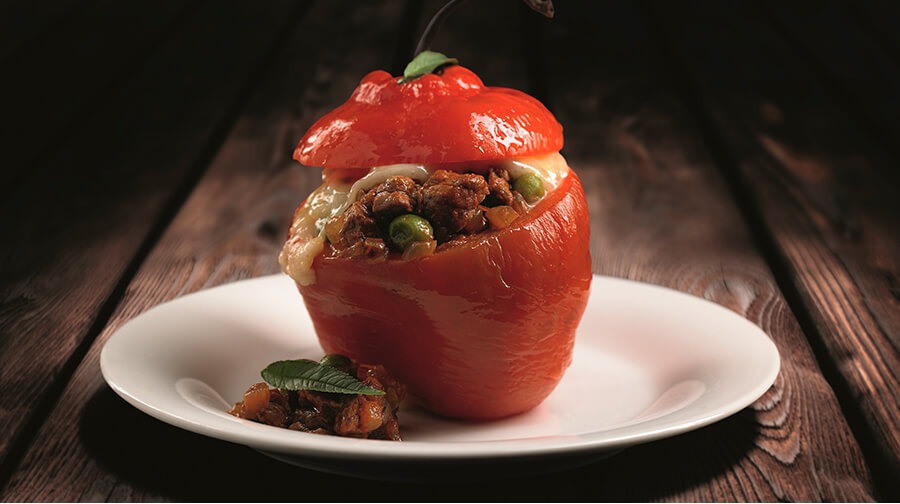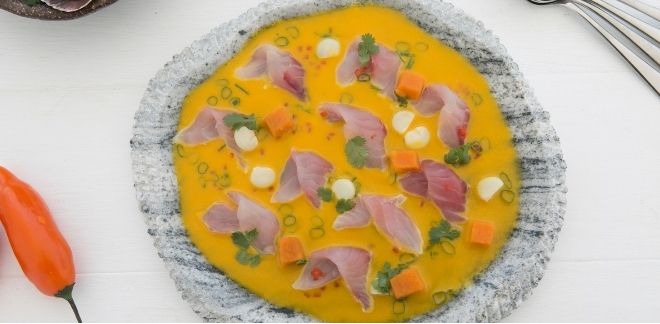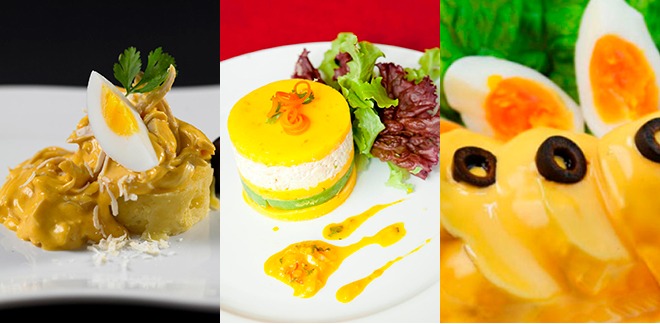5 delicious ways to prepare yuca, one of the oldest foods in Peru
Síguenos en:Google News
Peru has a variety of tubers of different shapes, sizes and textures that have become the perfect accompaniments to ‘picantes’ (traditional spicy dishes), stews and a few fried dishes. Yuca is a prime example. Also known as mandioca or cassava, it grows in the departments of Amazonas, Loreto, Ucayali, Cajamarca and San Martín. Rough on the outside and smooth on the inside, it can be eaten at any time as it is available all year round.
The first records of yuca date back to around 6800 B.C. According to ancient Andean legend, this crop has roots in its interior due to a curse that Wiracocha placed on it after the tubers, not recognizing the god by his appearance, refused to be eaten by him. According to studies carried out by researcher Tom Dillehay, the ancient inhabitants of Nanchoc, in Lambayeque, ate the roots, as he found traces of them in his excavations. It also played a big part in the Paracas and Mochica culture.
Beneficial properties
The yuca, considered a superfood, is rich in vitamin A, a fundamental substance for maintaining good vision. It also positively influences bone strength. Plus, it has a high dose of vitamin C, which protects the immune system and works as an antioxidant agent in the body, preventing skin diseases such as premature aging and oxidative stress.
This tuber is ideal for celiacs, as it is gluten-free. Its low fat content also makes it a luxury ingredient for diets. In addition to these properties, it contains other minerals such as zinc, potassium, phosphorus, iron, magnesium and copper, and other B-complex vitamins such as B2, B3, B6, B9 and B17.
How to eat it?
You can enjoy yuca in a variety of ways. The easiest thing is to turn it into chips or use the flour as an ingredient, although there are more elaborate dishes that are ideal for lunch, mid-afternoon snacks or dinner. These are just a few options.
Cooked. Cooked yuca is a perfect accompaniment for turning a meal into a festival of flavor. Sancochada (parboiling) is a sacred ingredient in Peruvian cuisine. Bases such as fish or duck ceviche, or the famous seco (dry), made with either goat or lamb, or soups such as sancochado, are turned into delicacies with the addition of some good yuca. The magic is simple: place the yuca in water, wait until the inside is soft, remove it, cut it into wide sticks and that's it. Enjoy!
Chapana. This is a sweet dish with a taste of history. This creation, made with chancaca and yuca, dates back to the Republican era. The Peruvian writer Pedro Paz Soldán y Unanue, known as Juan de Arona, wrote a few lines about chapana in his book "Diccionario de peruanismos" (Dictionary of Peruvianisms). The author describes the dessert as a “yuca and chancaca paste” wrapped in panca leaves in the same way as humitas. More than a century later, this sweet is still sold by the famous chapaneras in the local markets.
Picarones. Its origin dates back to the 19th century, when buñuelos (fried dough fritters) made with flour and lard brought by the Spaniards were in circulation. This recipe was reinterpreted by Lima's sweet makers with local ingredients. Consequently they became crunchy and fluffy rings made of sweet potato and pumpkin bathed in cane honey. Over time, other ways of preparing it emerged. Pumpkin, for example, was replaced by yuca. This variation is as nutritious as the original one, which emerged during the conquest.
Fried. One option that is delicious and quick to prepare is frying the yucas in thick sticks and serving them with tartar sauce (it can also be combined with guacamole or huancaína), making a golden duo. The best way to make them golden is frying them with butter or a little olive oil. They are perfect for accompanying dishes such as crispy fried chicken or fish.
Masato. The people of the Amazon developed this sacred drink that has accompanied ritual celebrations and other festivities since time immemorial. It is a somewhat thick, white drink, with a bittersweet taste, prepared from pressed or mashed yuca that has been left to ferment. A good mouthful of masato not only strengthens but also injects a good dose of joy.
Sources: La Vanguardia/ Tubérculos.org/RPP/ Perú 21/ El Comercio

